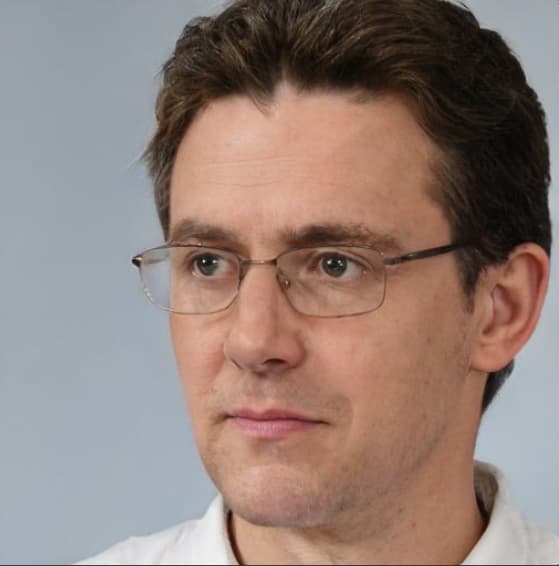Content
Here’s the thing, the line between certain stages can get blurred since team members evolve at different times. As you communicate with them you notice how confidently they articulate their ideas. You book 1-on-1 meetings with team members to learn about each of their experiences. As you do this, you recognize clear and consistent points with each team member and the benefits of hosting a team retrospective. While originally things had been going according to plan, roadblocks crop up during this stage. Your team is new and excited to learn about upcoming projects as well as about each other. You outline the work, as well as key milestones, deliverables and objectives.
- If the team doesn’t have some form of the continuous improvement process, such improvements happen organically, but if it does — they progress faster.
- Piaget was one of the first to identify that the way that children think is different from the way adults think.
- The most effective team member is one that knows he or she needs to work with his or her team members, a good team leader will know all of this like the back of their hand.
- Understanding that each stage is normal and expected can relieve a lot of tension and free the team up to break through and move on.
They’ll look to you for guidance and support, and when you establish a trusting two-way conversation, you’ll pave the way towards their professional growth. When this happens, it’s important to take stock of what your team needs. This gives them an opportunity to recognize their abilities as well as those of their teammates. You recognize this isn’t any one team member’s fault, but you want to make it right. The last thing you want to experience is team members who de-value one another or collectively fall behind. Engagement Get to know your people with Pulse Surveys, eNPS scoring, anonymous feedback and messaging.
Scenario: You’re leading your team through the forming stage
It’s the time where your team learns about upcoming projects and structures. Here, it’s typical for teammates to feel excited, anxious, and curious about what lies ahead. The process of taking in new information into our already existing schemas is known as assimilation. The process is somewhat subjective because we tend to modify experiences and information slightly to fit in with our preexisting beliefs.
There might be more frequent and more meaningful communication among team members, and an increased willingness to share ideas or ask teammates for help. Team members refocus on established team groundrules and practices and return their focus to the team’s tasks. The most commonly used framework for a team’s stages of development was developed in the mid-1960s by Bruce W. Tuckman.
The forming stage
It’s important to demonstrate the skills you want the team to develop. Older, well-established teams can also cycle back through the stages as their circumstances change. The final stage of Piaget’s theory involves an increase in logic, the ability to use deductive reasoning, and an understanding of abstract ideas. While thinking becomes much more logical during the concrete operational state, it can also be very rigid. Kids at this point in development tend to struggle with abstract and hypothetical concepts.
What are the 4 types of stages?
- Found stages.
- Proscenium stages.
- Thrust stages.
- Arena stages.
At this stage, the team is characterized by high enthusiasm and low productivity. While the team forms, the role of the leader is to give clear direction, set out the goals and objectives, and help the team members understand exactly what the leader expects them to do. Team members may feel a variety of concerns about the team’s impending dissolution. They may be feeling some anxiety because of uncertainty about their individual role or future responsibilities. They may feel sadness or a sense of loss about the changes coming to their team relationships. And at the same time, team members may feel a sense of deep satisfaction at the accomplishments of the team.
Background and Key Concepts of Piaget’s Theory
It’s not uncommon for people to think or be told that they have a specific set of skills that allow them to be an above-average leader or an above-average team player. These skills are usually developed in early childhood and refined through high school. Seek first to understand and encourage everyone on the team to take the same approach.
- You can learn more about how we ensure our content is accurate and current by reading our editorial policy.
- It’s important to demonstrate the skills you want the team to develop.
- Early representational thought emerges during the final part of the sensorimotor stage.
- There might be more frequent and more meaningful communication among team members, and an increased willingness to share ideas or ask teammates for help.
- This Teamwork Observation Check List (√) is designed to help observe a team to determine how they are maturing, where some problems might exits, and some tips to overcome them.
- This usually includes basic introductions, getting a “feel” for your team members and who will work together well, and identify potential early problems.
- To help the team gel, the managers need to encourage collaboration and cooperation between team members and ensure everyone gets a chance to work with each of their colleagues to build relationships.
- During the Norming stage, members shift their energy to the team’s goals and show an increase in productivity, in both individual and collective work.
During the Storming stage, members are trying to see how the team will respond to differences and how it will handle conflict. According to the theory, equilibration is what motivates children to continue through the stages of cognitive development. At the Performing stage, managers should keep encouraging team decision-making and problem solving as the team members have the knowledge, experience, and trust in each other. When your team has grown through the stages of team development they establish a state of “flow”. This means they understand how to work together in a cohesive way that helps them reach their goals.


